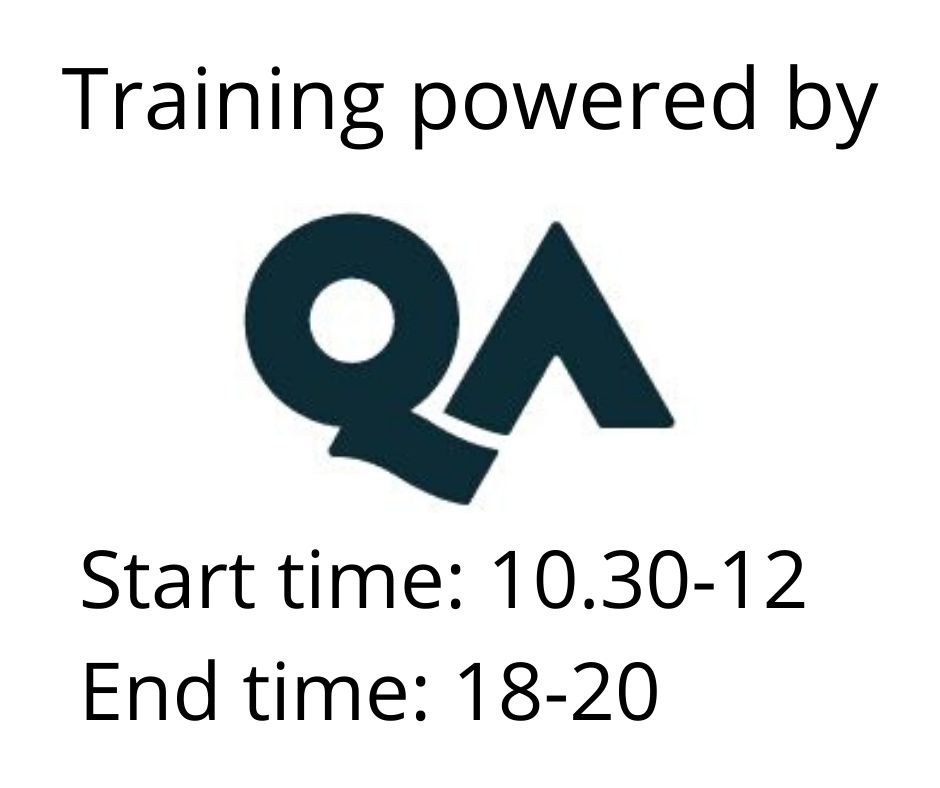Microsoft 365 Endpoint Administrator
Training formats
Remote
Duration
5 days
Price
4298 €
In this course, students will learn to plan and execute an endpoint deployment strategy using contemporary deployment techniques and implementing update strategies. The course introduces essential elements of modern management, co-management approaches, and Microsoft Intune integration. It covers app deployment, management of browser-based applications, and key security concepts such as authentication, identities, access, and compliance policies. Technologies like Azure Active Directory, Azure Information Protection, and Microsoft Defender for Endpoint are explored to protect devices and data.
Audience Profile
The Microsoft 365 Endpoint Administrator is responsible for deploying, configuring, securing, managing, and monitoring devices and client applications in a corporate setting. Their duties include managing identity, access, policies, updates, and apps. They work alongside the M365 Enterprise Administrator to develop and execute a device strategy that aligns with the requirements of a modern organization. Microsoft 365 Endpoint Administrators should be well-versed in M365 workloads and possess extensive skills and experience in deploying, configuring, and maintaining Windows 11 and later, as well as non-Windows devices. Their role emphasizes cloud services over on-premises management technologies.
Learners should have one year's experience administering Windows desktops
Important:
Multi-factor authentication (MFA) requirements: For security purposes Microsoft require MFA for access to the Microsoft 365/Dynamics 365 tenants used for this course. As such, you will be need to have a mobile device available upon which you will set up the free of charge Microsoft Mobile phone authenticator App which can be downloaded here with details on how to sign in here
Explore endpoint management
This learning path is designed to provide a comprehensive understanding of enterprise desktops, Windows editions, and Azure Active Directory. It includes exploring various Windows editions, including their features and installation methods. It delves into Azure Active Directory, highlighting its similarities and differences with AD DS and how to synchronize the two. Furthermore, learners will better understand managing Azure Active Directory identities. Overall, this learning path equips learners with the necessary knowledge and skills to effectively support enterprise desktops and manage Azure Active Directory identities.
- Explore the Enterprise Desktop
- Explore Windows Editions
- Understand Azure Active Directory
- Manage Azure Active Directory identities
Execute device enrollment
This learning path will cover Azure AD join and will introduce Microsoft Endpoint Manager. We'll also discuss how to configure policies for enrolling devices to Configuration Manager and Microsoft Intune.
- Manage device authentication
- Enroll devices using Microsoft Configuration Manager
- Enroll devices using Microsoft Intune
Configure profiles for user and devices
This learning path explores Intune device profiles, the benefits of user profiles and how to synchronize profile data across multiple devices.
- Execute device profiles
- Oversee device profiles
- Maintain user profiles
Examine application management
Learners will examine application management methods using on-premises and cloud-based solutions.
- Execute mobile application management
- Deploy and update applications
- Administer endpoint applications
Manage authentication and compliance
This learning path covers the various solutions for managing authentication. Students will also learn about the different types of VPNs, as well as compliance and conditional access policies.
- Protect idenitities in Azure Active Directory
- Enable organizational access
- Implement device compliance
- Generate inventory and compliance reports



